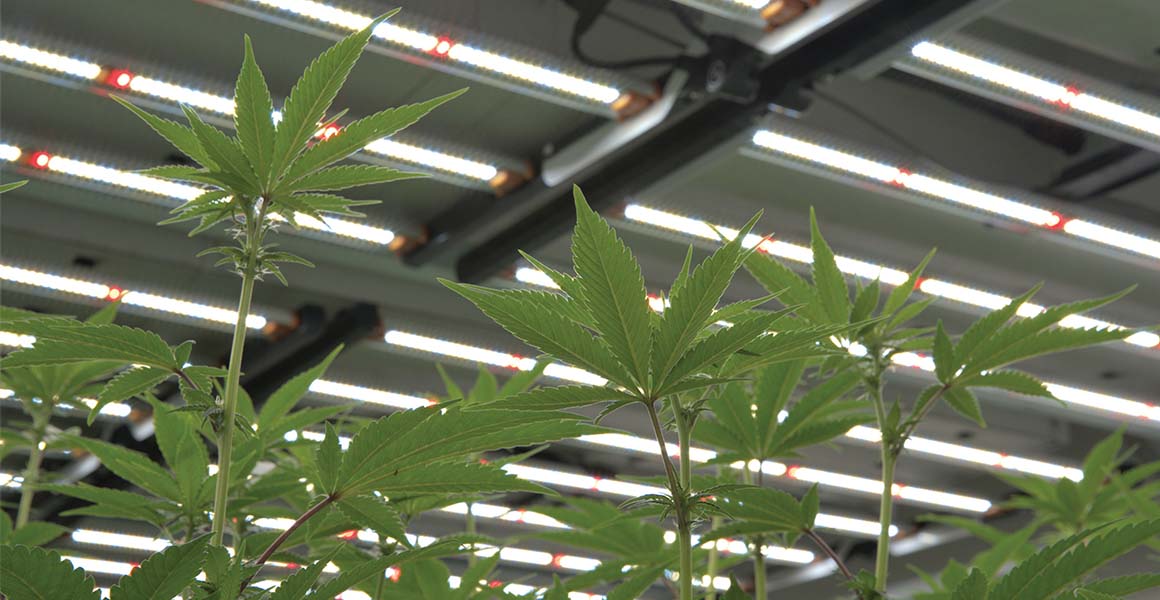
19 Nov Cooling Up Indoors – How Fluence LEDs Solve Overheating and Environmental Control
Many indoor and vertical growers are switching from their legacy lighting systems to LEDs simply because LED technology provides tremendous ROI benefits with fewer costs, complications, and liabilities. It is well-known that–when compared to HPS lights–LEDs produce greater light and less heat while using the same electrical input.
The expression of heat from supplemental lighting was once a main obstacle for vertical farmers. That is, the HPS spectrum contains significant radiant heat in the form of infrared radiation (IR), which crops then absorb as wavelengths of heat energy (like a heat lamp in a sauna). The extra heat from HPS lighting warms leaves directly and leads to greater temperature changes when the lights cycle off, leading to either heat damage or humidity issues.
LED fixtures solve these issues by emitting low levels of IR in their spectrum. LEDs primarily release convective heat and warm the air above the fixtures–cooling upwards–without burning the plants directly. Fluence LED solutions are engineered with passive cooling using natural convection without the need for a fan. This is crucial because LEDs yield approximately 50,000 hours of optimal service life while contemporary fan technology fails much sooner, meaning that LEDs which rely on active cooling not only break down sooner but also divert less power to PPFD.
When switching to LEDs, there are a few necessary adjustments to environmental controls. For instance, LED-lit cannabis thrives at a higher temperature setpoint than HPS-lit cannabis because the HPS spectrum contains significant IR that heated the plants’ leaves directly. Plant temperature–not air temperature–drives physiological functions, so with lower leaf temperatures it is imperative to increase air temperature to compensate.
For most LED retrofits, the grow room’s existing heating, ventilation, air conditioning and dehumidification (HVACD) system works well. Unless the system was previously undersized or unsuitable – or you are switching to a multi-tier setup with additional biomass – there’s rarely a need to change your HVACD system. You may need to adjust your HVACD settings to compensate for the fact that the air conditioner is used less with LEDs.
The introduction of advanced LED technology has allowed indoor growers to position lights not only above–but also directly within–their canopies for maximum exposure and growth. This concept would’ve been considered crazy not even a decade ago, but now LEDs are pushing growers to maximize their grow space and yield potential with high PPFD across multiple tiers.
LEDs are not just popular because they save money and increase yield–they are also really cool. If you are looking to upgrade your indoor facilities with LEDs or multi-tier benches or both, you can read more on Indoor Retrofitting with our comprehensive online guide or contact a Fluence expert to assist you from start to finish!


